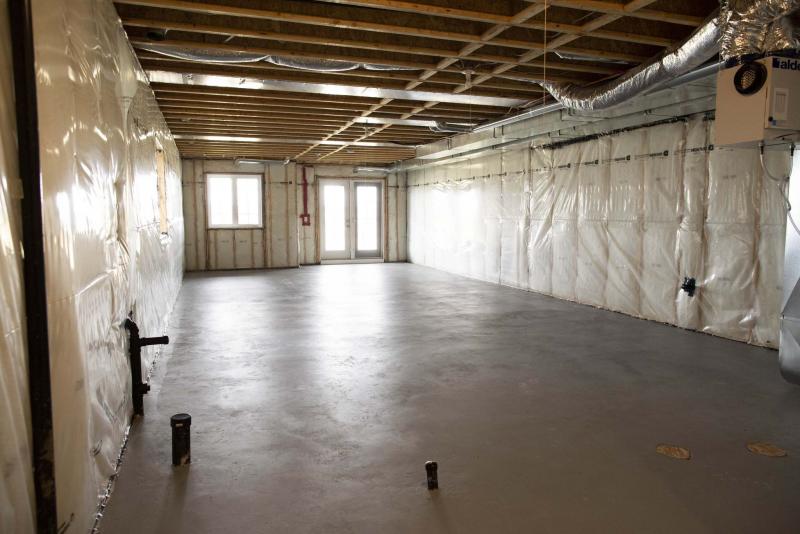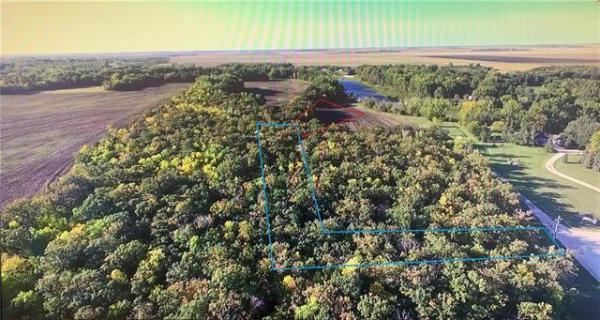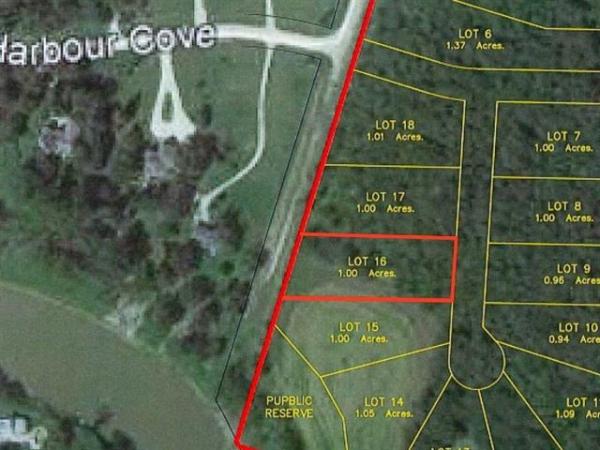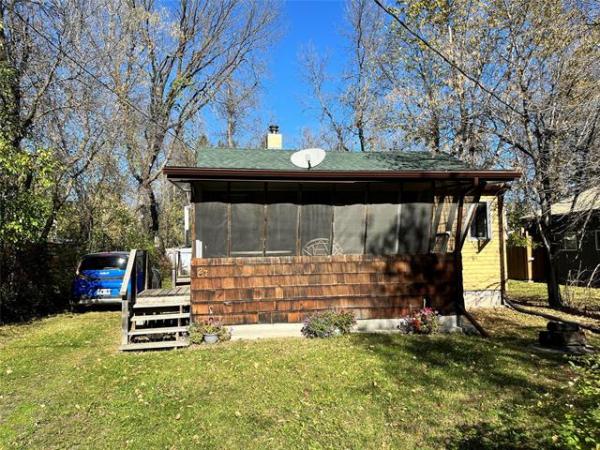Question: I have an unfinished basement with four air vents. Can I close all or some of the vents in the winter, as I would like to keep the basement cool?
— Thanks, Py Su.
Answer: Opening or closing heat registers to regulate airflow into individual rooms is a personal choice, but care should be taken to prevent problems caused by lack of heat and airflow. Closing the registers in an already-cooler basement may lead to moisture-related issues you don’t anticipate.
Modern forced-air heating systems are designed to provide good air and heat circulation to the entire building in which they are installed. Each room should have an individual register, connected to a properly installed duct, as well as return air ducting and registers, to provide good heat and air distribution. If this is in place, dampers within the registers may be used for some regulation of the airflow. These are installed to help prevent excess warming of rooms that may be on the sunnier sides of the home or have larger windows that provide added solar gain. In these areas, especially on very sunny days, you may choose to partially close the dampers to prevent overheating the area relative to the cooler areas of the home.
Because there is normally a single thermostat, located in a central area of the home, uneven air temperatures can occur, especially on different levels of the home. Because warm air rises, the upper floor of a multi-storey home is often much warmer than the main level. Even more dramatic may be the temperature drop when you venture down into the basement level. That is because the same forces that cause warm air to rise allow cooler air to fall or remain in this area. This can also be compounded by less solar gain through smaller basement windows and the natural coolness of any area below grade. Putting all of these factors together may lead to a cool basement even with the registers wide open.
So, if you want to allow your unfinished basement area to be cooler than the rest of your home, you don’t need to do anything and it will naturally remain in that condition. If you close the dampers or block the registers, you may find the basement is positively frigid in the heating season. While that may be your desire if you are storing root vegetables, preserves, wine or beer, for example, it can have serious negative consequences.
The problem with allowing one area of a home or building to be significantly cooler than the rest is the risk of condensation. This phenomenon occurs when warm, moist air cools beyond its dew point. The moisture from this cooled air will precipitate out and can wet any surface it comes in contact with. This is often observed on objects that are normally cooler than their surroundings due to location or what they are made of. For example, a steel screw or bolt that is attached to a concrete foundation wall is an ideal surface for condensation as it quickly loses heat, which it transfers to the cold concrete, which is adjacent to cool, outside soil.
Why is condensation such a concern? Because when it occurs on a continual basis, it can cause moisture damage, rot and mould. We are learning more every year about the effects mould in buildings has on people, but we have long known that water damages building materials. If wood framing, drywall, insulation, furniture, carpets or other components in a typical home get wet, they will become damaged. In basements, this may be even more of a concern due to limited airflow.
Many basements have proper ducts and registers for heating, but limited or no return air registers. That can prevent proper airflow back to the furnace, allowing the air in the lower level of the home to become stagnant. This is a real concern because better air circulation prevents condensation from occurring and also helps dry surfaces that have become wet. If warm air stops moving, it is more likely to lose its heat energy and cool even faster, leading to increased condensation and potential moisture damage. If air is moving rapidly over a surface and is not saturated, it may actually help dry the damp surface by absorbing some of the moisture as it whisks by. This will promote evaporation of surface moisture and help dry the materials, preventing mould growth and damage.
Before you decide to close your basement registers, you should ask yourself why it is desirable to have a cold basement. Is it an economic or environmental decision to reduce your energy consumption and save on your heating bills? If that is the reason, you should be commended for your environmental sensitivity, but lowering the amount of warm air to the basement is not the right approach. If that is the case, increasing the amount of thermal insulation on the inside of the foundation is a more reasonable method. Also, checking that your windows, doors and any other items on your exterior walls are well sealed may also help prevent air loss, lowering your heating costs. If there are other reasons for cooling your basement, such as providing a cooler area for your veggies, that is ill-advised. The cooler temperatures may help extend their shelf life, but the higher humidity caused by the lack of circulation may cause them to rot even faster.
Keeping your basement cooler than the rest of the home in the heating season may seem like a responsible thing to do, but unexpected moisture issues may be the result. Poor air circulation from the heating system may lead to excessive condensation, mould growth and moisture damage, so leaving your registers open is a better idea.
Ari Marantz is the owner of Trained Eye Home Inspection Ltd. and the past president of the Canadian Association of Home & Property Inspectors — Manitoba (cahpi.mb.ca). Questions can be emailed to the address below. Ari can be reached at 204-291-5358 or check out his website at trainedeye.ca.
trainedeye@iname.com




